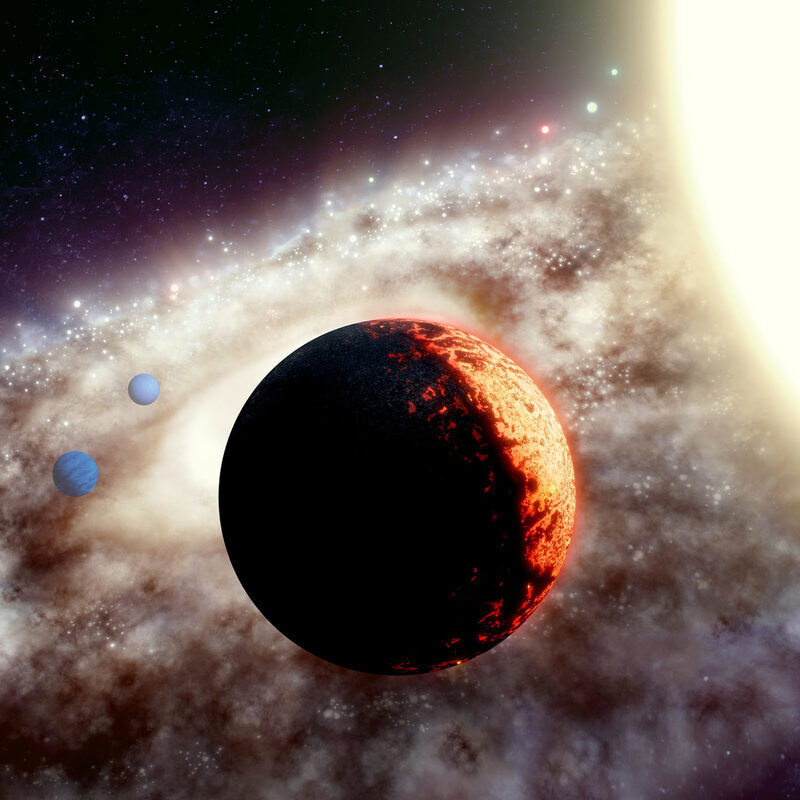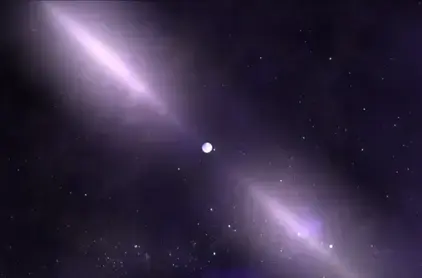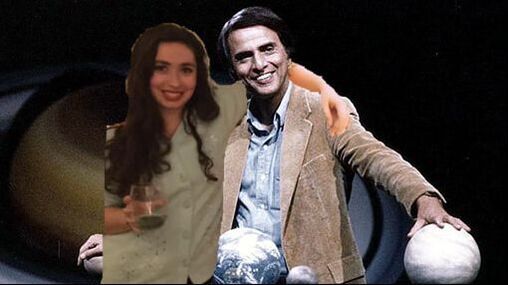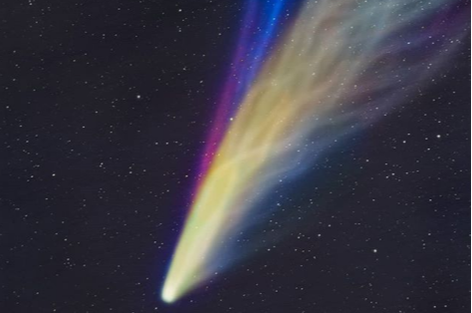Research highlights
The Compositions of close-in rocky planets tend to be earth-like
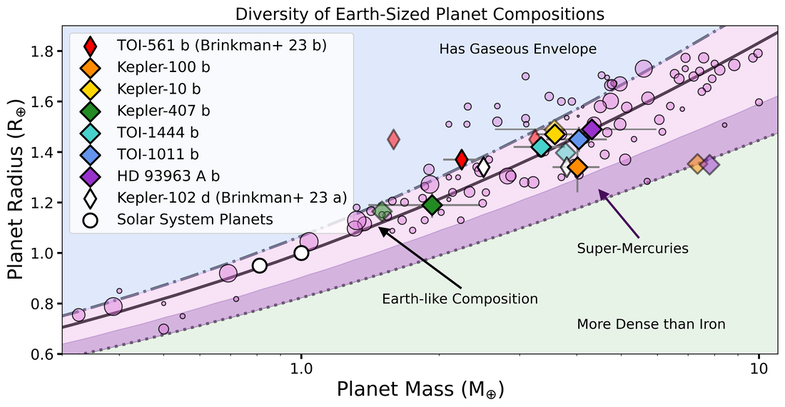
We measured precise mass measurements for 7 Earth-sized planets using high precision RVs.
For all planets, we find that the composition appears to be closer that of the Earth (33% iron) than previously thought.
Planets previously thought to be super dense "Super-Mercuries" are actually consistent with an Earth-like composition!
Read my paper here!
most planets have the same ratio of elements as their host stars
We compare the ratio of iron to rock-building species for 20 planets and their host stars. We find that 75% of planets have a ratio of Fe/Mg consistent with their host star to within 1 standard deviation.
We also find that the best-fit linear slope is very consistent with what you expect if all planets have the same composition as their host stars (1-1).
You can read my homogeneous analysis of planets and their host stars here, and our updated slope with new masses here.
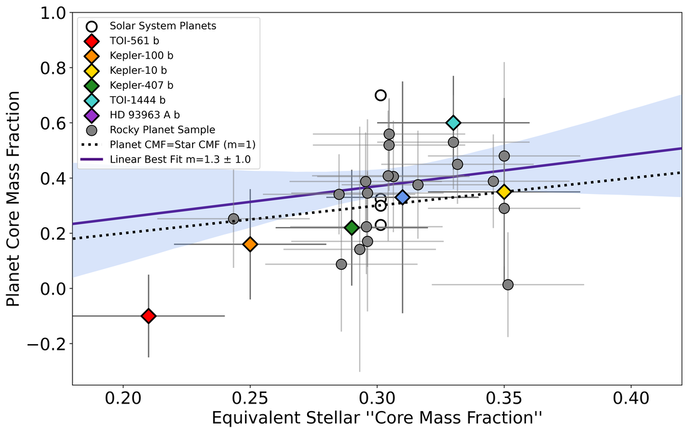
some earth-sized planets might host gaseous envelopes made of heavy species
TOI-561 b is super-Earth sized planet orbiting a star from the galactic thick disc. It is one of the oldest, and hottest rocky planets, orbiting one of the most metal-poor planet hosting stars we know of.
However, our mass and radius measurements of TOI-561 b suggest it is low density and might host a gaseous envelope, despite being so small and so hot.
What could this envelope be composed of? H/He is too light and would dissipate, but it could be made of water, carbon dioxide, or even an evaporated silicate mantle.
Read my paper on TOI-561 b here!
stellar activity can falsely inflate planet mass measurements
Stellar magnetic activity causes starspots on the surface of the star, and as that spot rotates it causes a quasi-periodic signal in the radial velocities (RVs) you measure. This can either bury or artificially inflate the planet semi-amplitude measured.
We account for this stellar activity for the Kepler-102 system using a quasi-periodic Gaussian Process kernel.
The prior mass measurement for super-Earth Kepler-102 d suggested this planet was extremely dense and iron-rich (a supposed "super-Mercury"). After using a GP, we measure a mass more consistent with that of the Earth.
Read my analysis of the Kepler-102 system here!
We account for this stellar activity for the Kepler-102 system using a quasi-periodic Gaussian Process kernel.
The prior mass measurement for super-Earth Kepler-102 d suggested this planet was extremely dense and iron-rich (a supposed "super-Mercury"). After using a GP, we measure a mass more consistent with that of the Earth.
Read my analysis of the Kepler-102 system here!
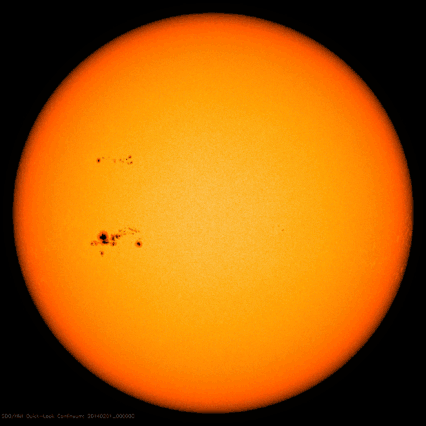
Additional research
pulsars
seti
I worked at the Berkeley SETI Research Center on the Breakthrough Listen project. I helped to calibrate the wavelength and polarization of our signals using Pulsars.
